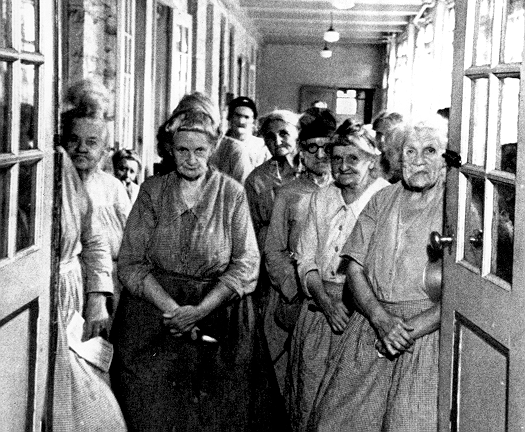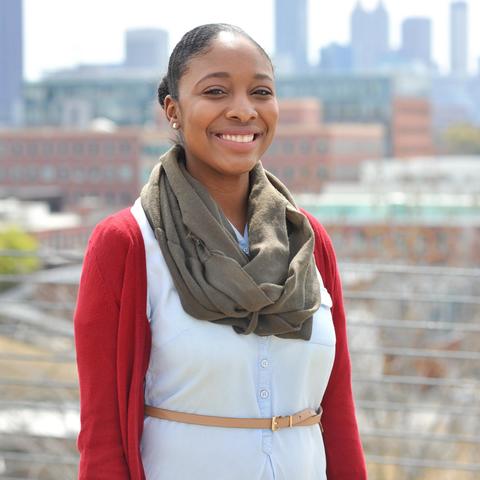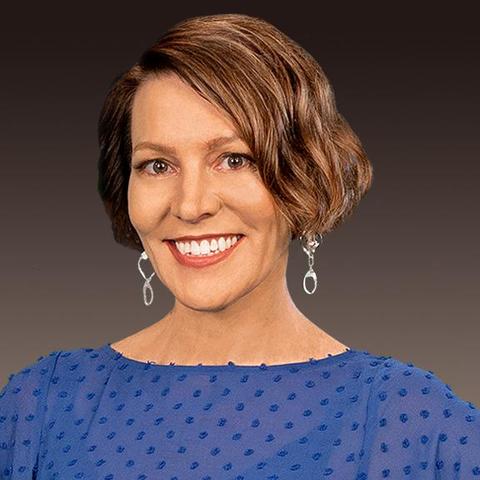Section Branding
Header Content
Why Does Poverty Affect More Women Than Men?
Primary Content
Thirty-seven million Americans live in poverty today. According to the National Women's Law Center, more than half are women. Race, health and gender discrimination contribute to this disparity, but to learn about the economic history that led us to where we are today, we spoke with Diana Pearce and George Robb.On Second Thought host Virginia Prescott speaks with Diana Pearce and George Robb.
Pearce is the director of the Center for Women’s Welfare at the University of Washington, where she is also a professor of social work. Robb is an author and history professor at William Paterson University in New Jersey.



